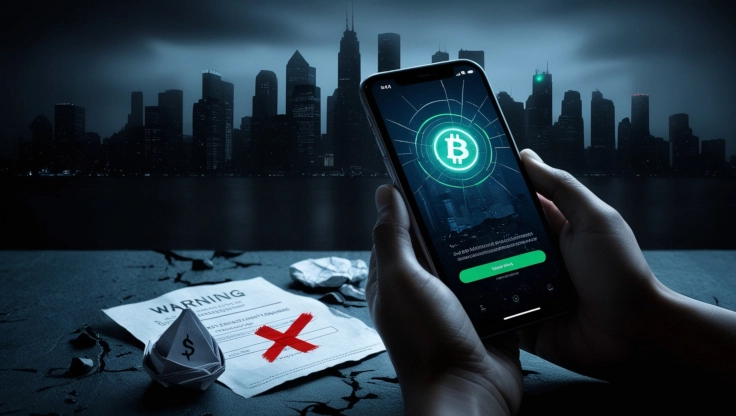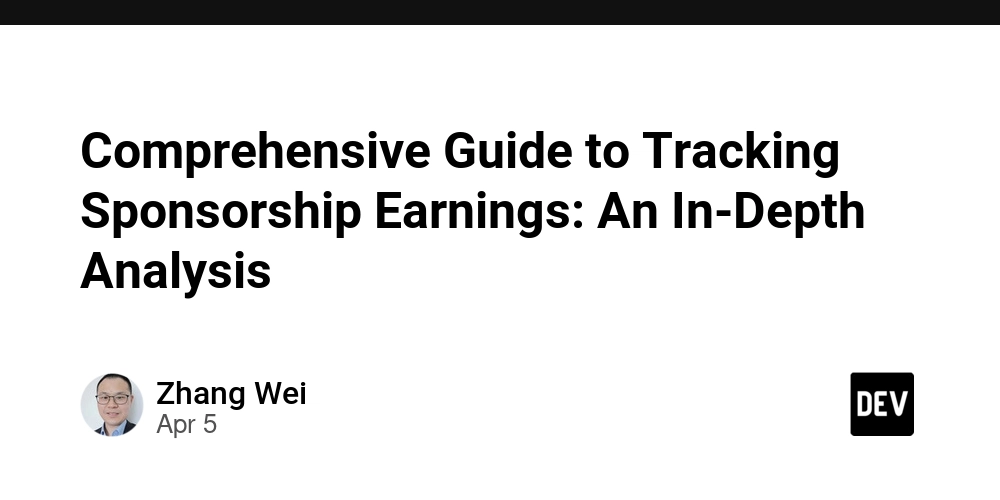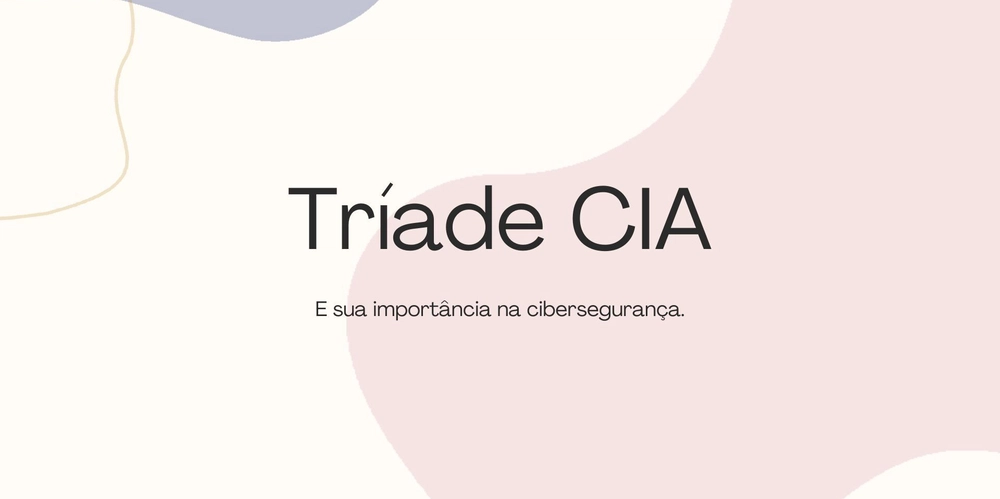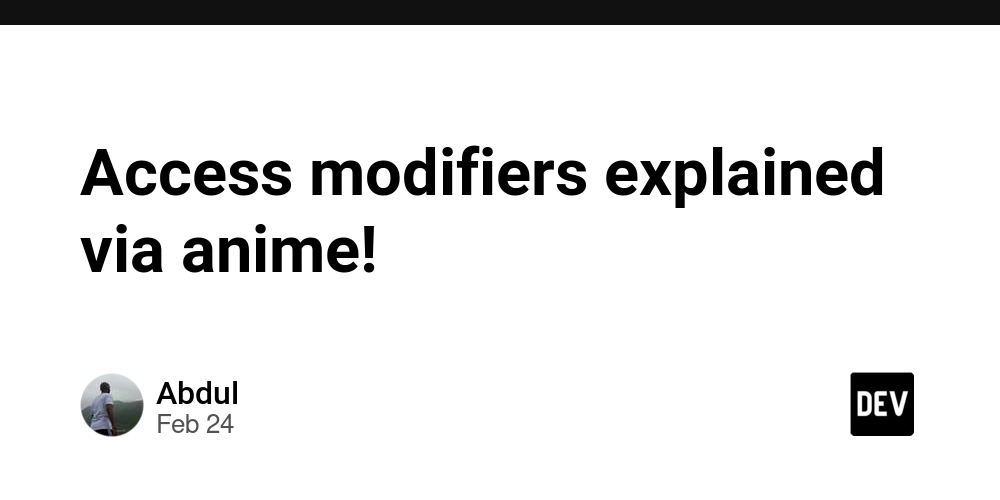Cryptocurrency Wallet Scams – How Do Seed Phrase and Multisig Smart Contract Scams Work?
In the world of cryptocurrencies, where anonymity and decentralization reign, scammers are constantly devising new ways to steal funds. One of the more sophisticated schemes gaining traction on social media platforms like YouTube and Facebook involves fake seed phrases and multisig smart contracts. Let’s dive into how this scam operates, why it’s so effective, and how you can protect yourself. How Does This Scam Work? It all starts with a seemingly innocent comment on social media. A user, posing as a confused beginner, posts a plea for help: “I can’t recover 4,000 USDT from my wallet. Here’s my seed phrase—can someone assist me?” Alongside the message, they provide a 12- or 24-word recovery phrase, supposedly granting access to a wallet loaded with cryptocurrency. For many, this looks like a golden opportunity—who wouldn’t want to claim 4,000 USDT? Enticed by the prospect of easy money, the victim uses the seed phrase in an app like MetaMask or Trust Wallet. Upon logging in, they see a balance—sure enough, there’s 4,000 USDT. Excited, they attempt to transfer the funds to their own wallet. But here’s the catch: to execute a transaction on the blockchain, native tokens (e.g., ETH on Ethereum or TRX on Tron) are needed to cover gas fees. Since the wallet lacks these tokens, the victim sends their own—say, 0.01 ETH—to enable the transfer. The Multisig Smart Contract Trap After sending the native tokens, the victim tries to complete the USDT transfer, only to find it fails. Why? The wallet isn’t a standard address—it’s a multisig smart contract requiring at least two signatures (private keys) to authorize transactions. The victim knows only one key—the one from the provided seed phrase—while the second remains in the scammer’s possession. Without that second signature, neither the USDT nor the deposited native tokens can be withdrawn. Worse still, in many cases, the smart contract is programmed to automatically redirect the native tokens to another address controlled by the scammer as soon as they’re deposited. The victim loses their funds (e.g., 0.01 ETH), and the 4,000 USDT? It’s often just bait—sometimes not even real tokens, but a fake balance displayed by the contract. Why Does It Work? This scheme exploits several factors: Greed: The sight of a large sum of money clouds judgment. Lack of Technical Knowledge: Few users understand how multisig smart contracts work or can distinguish them from regular wallets. Apparent Credibility: A publicly shared seed phrase looks like an amateur mistake, lowering suspicion. Automation: Scammers often use bots to monitor the wallet and instantly snatch deposited tokens before the victim catches on. How to Protect Yourself? Here are some key tips: Never Trust Public Seed Phrases: No sane person would share their wallet’s recovery phrase publicly—it’s always a red flag. Verify Addresses: Before sending any funds, check the address on a blockchain explorer (e.g., Etherscan, TronScan). Smart contracts differ from regular addresses and often have additional functionality. Don’t Send Tokens to Unknown Wallets: If you need to deposit native tokens to “unlock” funds, that’s a warning sign. Educate Yourself: Learn the basics of cryptocurrencies, smart contracts, and multisig to better understand what you’re dealing with. Conclusion The seed phrase and multisig smart contract scam is a clever trap that blends blockchain technology with human naivety. Scammers create an illusion of easy profit, leveraging advanced mechanisms like multisignature contracts and automatic fund redirection. The key to staying safe? Caution and skepticism—if something seems too good to be true, it probably is. In the crypto world, the mantra “not your seed, not your coins” can be your best ally.

In the world of cryptocurrencies, where anonymity and decentralization reign, scammers are constantly devising new ways to steal funds. One of the more sophisticated schemes gaining traction on social media platforms like YouTube and Facebook involves fake seed phrases and multisig smart contracts. Let’s dive into how this scam operates, why it’s so effective, and how you can protect yourself.
How Does This Scam Work?
It all starts with a seemingly innocent comment on social media. A user, posing as a confused beginner, posts a plea for help: “I can’t recover 4,000 USDT from my wallet. Here’s my seed phrase—can someone assist me?” Alongside the message, they provide a 12- or 24-word recovery phrase, supposedly granting access to a wallet loaded with cryptocurrency. For many, this looks like a golden opportunity—who wouldn’t want to claim 4,000 USDT?
Enticed by the prospect of easy money, the victim uses the seed phrase in an app like MetaMask or Trust Wallet. Upon logging in, they see a balance—sure enough, there’s 4,000 USDT. Excited, they attempt to transfer the funds to their own wallet. But here’s the catch: to execute a transaction on the blockchain, native tokens (e.g., ETH on Ethereum or TRX on Tron) are needed to cover gas fees. Since the wallet lacks these tokens, the victim sends their own—say, 0.01 ETH—to enable the transfer.
The Multisig Smart Contract Trap
After sending the native tokens, the victim tries to complete the USDT transfer, only to find it fails. Why? The wallet isn’t a standard address—it’s a multisig smart contract requiring at least two signatures (private keys) to authorize transactions. The victim knows only one key—the one from the provided seed phrase—while the second remains in the scammer’s possession. Without that second signature, neither the USDT nor the deposited native tokens can be withdrawn.
Worse still, in many cases, the smart contract is programmed to automatically redirect the native tokens to another address controlled by the scammer as soon as they’re deposited. The victim loses their funds (e.g., 0.01 ETH), and the 4,000 USDT? It’s often just bait—sometimes not even real tokens, but a fake balance displayed by the contract.
Why Does It Work?
This scheme exploits several factors:
Greed: The sight of a large sum of money clouds judgment.
Lack of Technical Knowledge: Few users understand how multisig smart contracts work or can distinguish them from regular wallets.
Apparent Credibility: A publicly shared seed phrase looks like an amateur mistake, lowering suspicion.
Automation: Scammers often use bots to monitor the wallet and instantly snatch deposited tokens before the victim catches on.
How to Protect Yourself?
Here are some key tips:
Never Trust Public Seed Phrases: No sane person would share their wallet’s recovery phrase publicly—it’s always a red flag.
Verify Addresses: Before sending any funds, check the address on a blockchain explorer (e.g., Etherscan, TronScan). Smart contracts differ from regular addresses and often have additional functionality.
Don’t Send Tokens to Unknown Wallets: If you need to deposit native tokens to “unlock” funds, that’s a warning sign.
Educate Yourself: Learn the basics of cryptocurrencies, smart contracts, and multisig to better understand what you’re dealing with.
Conclusion
The seed phrase and multisig smart contract scam is a clever trap that blends blockchain technology with human naivety. Scammers create an illusion of easy profit, leveraging advanced mechanisms like multisignature contracts and automatic fund redirection. The key to staying safe? Caution and skepticism—if something seems too good to be true, it probably is. In the crypto world, the mantra “not your seed, not your coins” can be your best ally.














































































